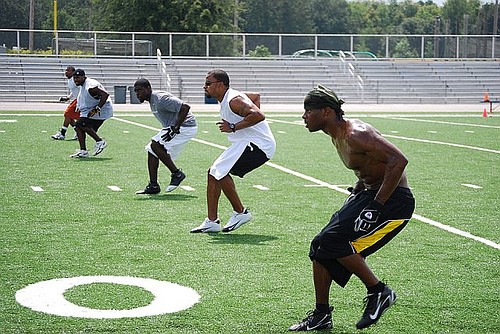
RUNNERS can perform a self analysis of their running gait in one of two ways. Firstly, a huge amount of information can be gleaned from looking at yourself in a mirror and watching how you control some simple movements. Secondly, you can arrange for someone to take enough decent video footage, even with a smartphone, of you running either on the track or a treadmill to analyse it. Improving running biomechanics is like improving the tracking on your car!!!
This article will cover some basic principles of running biomechanics the simple mirror approach. Wearing shorts only and no socks, stand in front of a mirror that is long enough and positioned so that you can see at least from your tummy downwards to your feet. We will use three positions or actions to tell us various things. First, try.
Small knee bends on one leg
Repeat the movement 10-15 times at a reasonable speed and look closely at your hips, knee and foot.
Look for the following;
1. The hip/pelvis should stay quite level without the hip drifting to the outside.
2. The knee should stay under the hip and not cross the mid-line of your body and certainly not drift to the inside of the foot.
3. The foot should be pointing forwards and not out to the outside.
4. The inside arch of the foot should remain upright and not roll in (pronation).
5. The toes should not claw so that the tips dig into the floor.
Make a note of your thoughts and move on to the next movement.
Heel rises on one foot
You should be able to lift up fully on to your tip-toes of one foot without difficulty. This should be Repeated 10-15 times, once again watching the movement control and range carefully. Remember practising these running biomechanic exercises will improve your times!
Look for the following:
1. The foot should be able to lift fully off the floor, not just halfway (picture 3).
2. The arch should form at the top of the lift.
3. The knee should remain over the top of the foot and not roll in.
Hops – one foot
Small repeated skipping type hops on the spot, on one foot. Do 10 or so and again be critical of how you move and land. Look for the following:
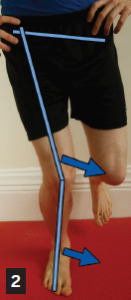
1. The hip/pelvis should remain near level when landing. It should not drop or collapse down.
2. The hip should not move to the outside as you land.
3. The knee should stay over the top of the foot and not roll inside of the foot.
4. The foot should stay pointing forwards and not move to point outside.
5. The foot arch should not collapse and bulge inwards on landing.
6. You should get off the ground fully and with power.
7. You should land with control and not a big thud.
8. Picture 1 is how the leg should look as you land, not as in picture 2 or 4.
At Edgewater Physiotherapy Clinic we look at the factors that can cause an injury and implement preventative measures. Please feel free to contact the clinic for an appointment 0579329111

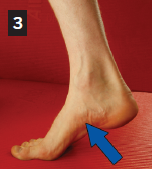
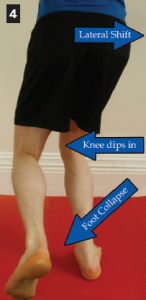
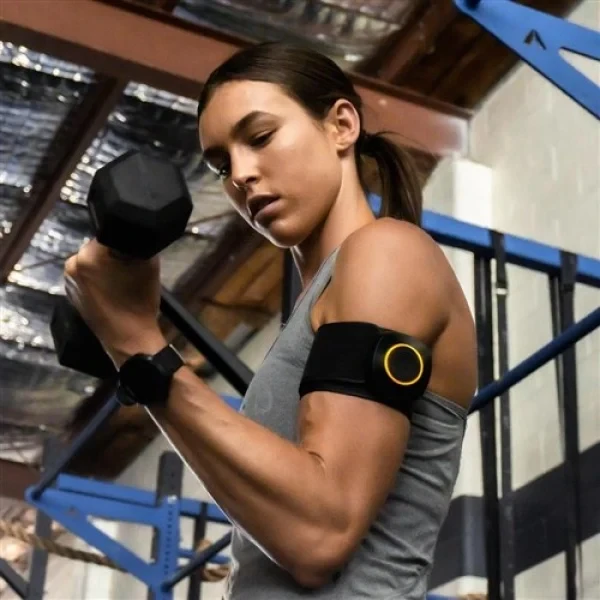
.jpg)